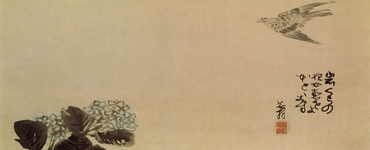We are pleased to share with you volume 38, issue 2 of the MinneTESOL Journal. This collection of articles offers practical content-based language instruction teaching strategies, a framework for administrator support, an opinion editorial, and a guide toward integrating translanguaging into poetry lessons.
Bonnie Swierzbin provides a guide to help learners with demonstratives in “What’s this all about? Helping students comprehend demonstratives in expository text.” While demonstratives (this, that, these, those) typically refer to people and things in conversation, in expository text, they often point to ideas, events, and situations. Swierzbin brings this complex topic to life through actual classroom examples and imagery.
Aliza Fones presents a framework for administrator support of English language learner teachers and programs called CRAFT: Collaboration, Responsiveness, Awareness, Framing, and Trust. CRAFT provides guidance for administrators to address the changing policies regarding English language education in her article, “Facing change: A framework for administrator support of English language learner programs.”
Lesly Gámez, Darren LaScotte, Peng Nelson, and Noelle Roubinek offer a perspective article on immersion education as a solution to Minnesota’s school integration efforts. In “Perspectives on immersion education and Minnesota’s school integration efforts,” the authors explain the goals and realities of two-way immersion and help the reader to understand the critical role that immersion programs play in reimagining school diversity. Closing with keys to implementation and next steps, they offer a roadmap toward a more inclusive and multilingual educational landscape.
In “Frozen in the birdbath, a leaf: Translingual poetry for ESL learners” Croix Clayton considers pedagogic translingualism as a tool to put literary texts within the reach of language students. He then leads the reader through designing a content-integrated translingual ESL unit using haiku poetry.
Enjoy these articles, share them with your colleagues, and stay connected to our MinneTESOL Journal community by following the journal on Facebook and on Twitter (@MnTESOLjournal).







